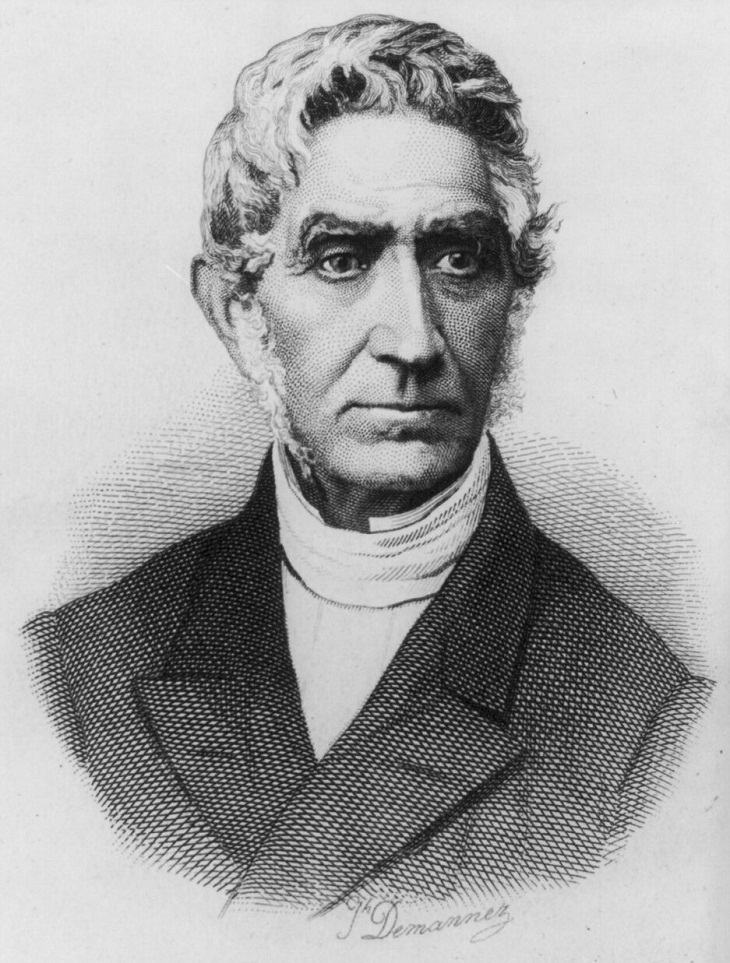
We are all prone to becoming distracted by the achievements of well-known luminaries while overlooking the contributions of an extraordinary group of geniuses that remain hidden. The unsung heroes have left a lasting impression on their fields, but their brilliance is often overlooked as a result of societal biases and the passing of time. It's time to change that. Let's shift our focus and give these unsung heroes the recognition they deserve. Here's a look at six underappreciated geniuses who deserve more recognition.
Related: You Probably Didn’t Know About This Brilliant Scientist
Mary Anning, a self-taught British paleontologist, was born in Lyme Regis, Dorset. Despite the challenges that a woman faced in the early nineteenth century, Anning made notable contributions to paleontology.
She is best known for discovering the first complete Ichthyosaurus and Plesiosaurus skeletons along the Jurassic Coast, changing the scientific understanding of prehistoric marine life. Even though Anning often encountered gender-based constraints in the scientific community, her exceptional observational skills and fossil collection played an important role in creating early paleontological knowledge. Her research eventually laid the framework for future paleontological investigations and established her as a vital leader in the area.
Austrian-Swedish physicist Lise Meitner pioneered the discovery of nuclear fission through her groundbreaking research. Meitner teamed with German chemist Otto Hahn to explain the process of splitting an atomic nucleus, a major achievement in nuclear physics. Unfortunately, she was not given full recognition, as Hahn received the Nobel Prize in Chemistry alone in 1944 for their collaborative achievements. For many years, Meitner's fundamental contributions to nuclear research were overlooked. Her legacy, however, today stands as a testimony to endurance and intelligence, inspiring future generations of physicists.
Brahmagupta, a pioneering Indian mathematician and astronomer, lived in the 7th century AD and significantly advanced mathematical understanding during the Gupta Empire with his seminal work, the Brahmasphutasiddhanta. In addition to introducing zero as a numeral, he worked on solving quadratic equations, contributing foundational principles to algebra.
Brahmugupta's profound insights into indeterminate equations laid the groundwork for continued mathematical exploration. Additionally, he made astronomical contributions that included methods for calculating celestial positions, eclipses, and planetary motions. His multidisciplinary approach and analytical rigor left an indelible mark on the scientific landscape of ancient India. Today, Brahmagupta is a respected figure whose ideas resonate across centuries and shape the very fabric of mathematical thought.
In the early 20th century, Henrietta Swan Leavitt, an American astronomer, made groundbreaking discoveries that transformed our understanding of the cosmos. The pulsation period of Cepheid variables, which Leavitt focused on with her thorough analysis, was found to be correlated with their luminosity, providing a groundbreaking cosmic yardstick. Besides laying the foundation for Edwin Hubble's later determination of the universe's vast scale, her work also enabled the calculation of astronomical distances, unlocking the mysteries of our expanding universe.
Her dedication to the stars and her contribution to the cosmic distance ladder, known as the Leavitt Law, was a testament to the enduring impact of overlooked geniuses in shaping our understanding of the vast celestial worlds.
Related: 9 Inspirational Female Scientists You Should Know About

Image source: Wikimedia Commons
Adolphe Quetelet, a visionary 19th-century Belgian mathematician, was a true pioneer in the field of statistics. He contributed to our understanding of human behavior through the seamless integration of mathematics, astronomy, and sociology. Through his groundbreaking work in social physics, he aimed to uncover hidden patterns governing society.
Quetelet's most notable contribution came in the form of the "Quetelet Index" - now widely known as the Body Mass Index (BMI) - a tool used to assess body fat. Additionally, he studied the statistical analysis of crime rates, weather patterns, and the distribution of various human characteristics, unveiling correlations that challenged conventional thinking.
Known as the "architect of the digital age," Alan Turing left an unforgettable imprint on the landscape of technology and artificial intelligence. In World War II, his breakthrough work at Bletchley Park, notably in deciphering German codes, showed his unmatched brilliance in cryptography.
Related: Meet 7 People With Unique and Powerful Brains!
Turing conceptualized the Universal Turing Machine - a theoretical device that laid the groundwork for the development of modern computers. He also set the stage for the field of artificial intelligence with his influential Turing Test, which questioned whether machines were capable of exhibiting human-like intelligence. It is worth noting that, despite his pivotal role, Turing's contributions were often overshadowed by societal prejudices. His tragic end in 1954 adds a poignant layer to the legacy of this unsung hero, whose visionary ideas continue to shape the digital world we inhabit today.
Cover image source: Wikimedia Commons